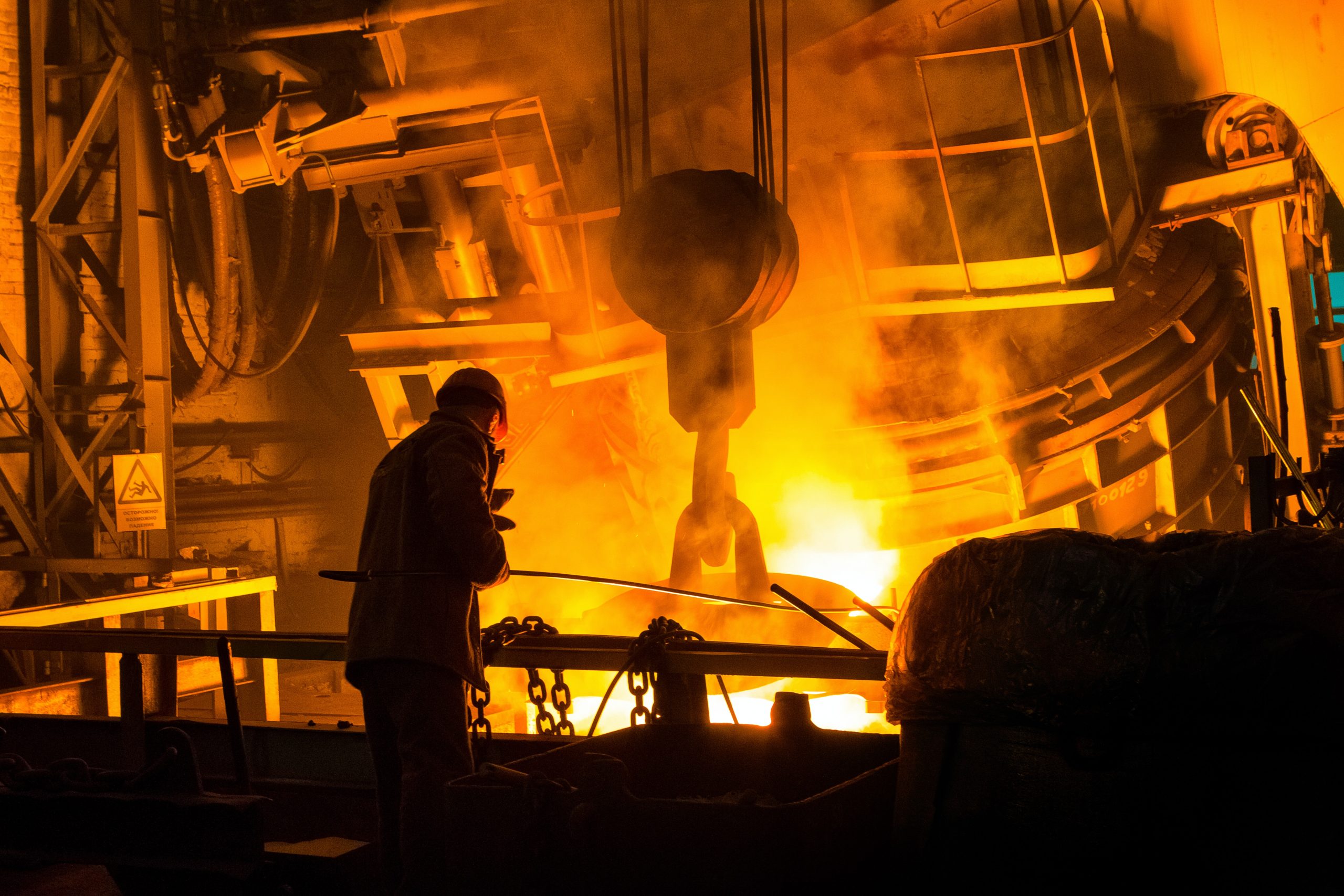- en
- fr
Why is the US natural gas production booming?
Dry gas production is expected to rise to 100.34 billion cubic feet per day (bcfd) in 2023 and 102.29 bcfd in 2024, up from a record 98.02 bcfd in 2022, according to the EIA.

Because the country is pumping so much of the commodity, prices have fallen to multi-year lows since last year, when they soared to more than $7 per Metric Million British Thermal Unit (mmBtu) due to the European energy crisis. Now, benchmark gas in the United States is trading around $2 per mmBtu and is expected to stay there for the foreseeable future.
Within six years of becoming a net gas exporter, the United States surpassed Qatar and Australia as the world’s largest LNG exporter. Final figures for the entire calendar year 2022 are only now becoming available: According to Reuters, the US fell slightly behind Australia (10.6 billion ft3/d versus 10.7 billion ft3/d), whereas Bloomberg estimates that Qatar and the US ended 2022 tied for the world’s top LNG exporter – and that the US would have finished ahead but for the Freeport LNG shutdown in June 2022.2 Indeed, the United States is on track to reclaim its position as the world’s largest LNG exporter in 2023.
As the world’s largest natural gas producer, the United States is perfectly positioned to capitalize on the opportunity this gas-favoring presents, as long as it can address its capacity-building issues. Last year, all reports on US LNG and its prospects were positive. The United States was set to surpass Qatar as the world’s largest exporter. The United States was rapidly expanding its LNG capacity. Until it hit a speed bump, that is. There are already several LNG export projects under construction or nearing completion that will increase US export capacity by 70% by 2027, which is a significant increase. It will make the United States the world’s largest LNG exporter as early as this year.
Many other projects, however, are being delayed or may be canceled as it becomes more difficult to secure funding for such massive facilities in countries whose governments are betting everything on the transition away from fossil fuels, including gas, despite its favorable location.
Even without these projects, assuming all those under construction are completed, the United States can claim and keep the title of the world’s largest LNG exporter for quite some time, thanks to that cheap associated gas. It will continue to flow because, with OPEC+ determined to maintain global oil price control through supply constraints, prices are likely to remain at levels that make production growth appealing to US drillers.
Oil & Gas

